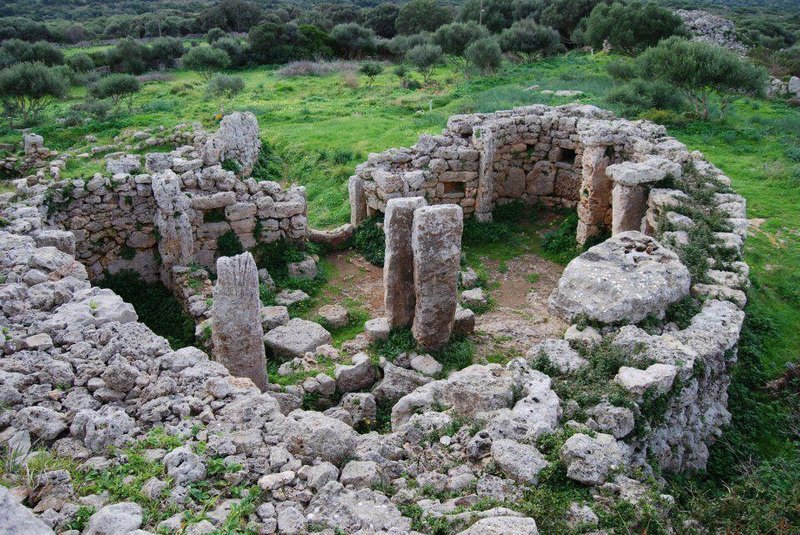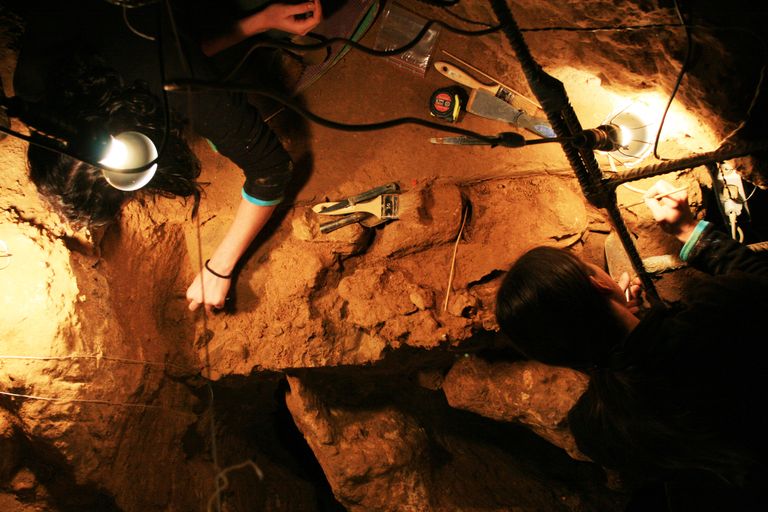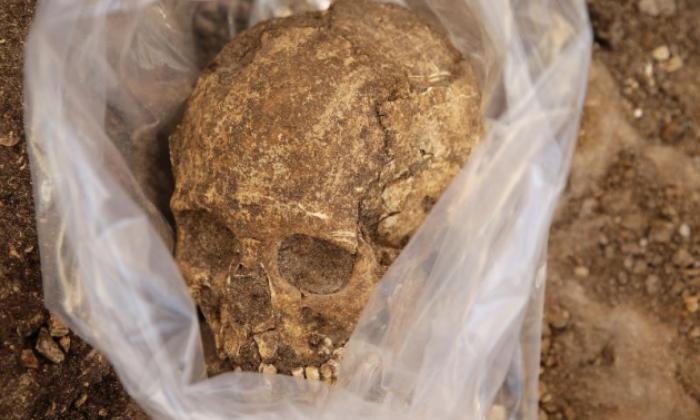
PHOTO: popular-archaeology.com
ALICANTE, SPAIN – archaeologists working on cataloging a number of artifacts in a Mesolithic era cave in Spain stumbled across a disturbing surprise: evidence of cannibalism.
The find is detailed in a paper for the Journal of Anthropological Archaeology, written by anthropologist Juan V. Morales-Pérez and his team of colleagues. This is the first ever example of cannibalism discovered in Mesolithic Spain, though it’s important to note that this is not a completely isolated incident and that other parts of Europe often practiced cannibalism.
Ten thousand years ago, Europe was an unforgiving place just recovering from the brutal Ice Age. The land had thawed, but had not yet begun to warm. Tribes of hunter-gatherers still roamed around, creating better tools by meshing wood and stone, and were on the brink of discovering agriculture – but life was still difficult.
When the team of archaeologists discovered the pile of bones in the back of the cave near Alicante, they had to figure out what, exactly, they were looking at first.
Identifying Cannibalism

PHOTO: thoughtco.com
Juan V. Morales-Pérez and his team couldn’t just waltz onto the scene and say they were looking at cannibalism without any evidence, of course. Identifying historic cannibalism is a tricky subject for archaeologists, because nobody really wants to hear that their ancestors were eating each other. Morales-Pérez wrote that he used a standard criteria first developed by Bruno Bulstin of the University of Bordeaux.
First, archaeologists look to see whether or not any human corprolites (fossilized excrement) contain human bones, or whether or not any human bones found in the area have human bites. This would be direct evidence of cannibalism. Archaeologists also look to see if there are any significant knife marks or breakage in bones found on the site that align with butchering practices from this period in history.
The researchers didn’t find any corprolites containing human bones, but they did find human bite marks and evidence of butchering on bones left at this site. From this evidence, they deduced that these ancient humans were practicing cannibalism.
But why?
Was It a Ritual?

PHOTO: talkradio.co.uk
In all honesty, it’s really difficult to say why these early humans turned to cannibalism. Were they starving, or was it something more?
While the bones were found at the back of the cave with some remnants of other animal bones, like ibex, deer, boar, fox, and rabbit, we can’t definitively say that’s where the ancient people put them when they were finished eating. It’s certainly possible that they were tossed out with the rest of the food waste, but if the ancient peoples had carefully placed the bones in another part of the grave and the bones had, over 10,000 years, migrated to the back of the cave through natural processes like rain or storm water, then it’s likely that the process of eating other humans was a ritual.
In fact, ancient people from this time period often combined funeral practices with ritual cannibalism. In some instances, they ate honored loved ones as a way to assimilate them back into the community. Other cultures ate their enemies as the ultimate final insult.
It’s also possible that the cannibalism was some kind of experiment, in an attempt to reconcile old superstitions with new funerary practices: specifically, burying the dead. Several changes came about in human culture in the Mesolithic period. Humans were transitioning from mobile, hunter-gatherer life to a much more grounded agricultural life. They were staying in their camps for longer periods of time, finding permanent places to bury their dead, and across the board, archaeologists have found that this time is associated with outbreaks of cannibalism. Put simply, “cannibalism and socio-cultural transformation phases are associated with each other.”
After 10,000 years, it’s utterly impossible to give a definite answer to this question of need vs. ritual. What really happened in that cave so long ago will remain a mystery, but this instance of cannibalism in Spain may be evidence of a stressful transition period from ancient Prehistoric life to the first agricultural revolution of history.

